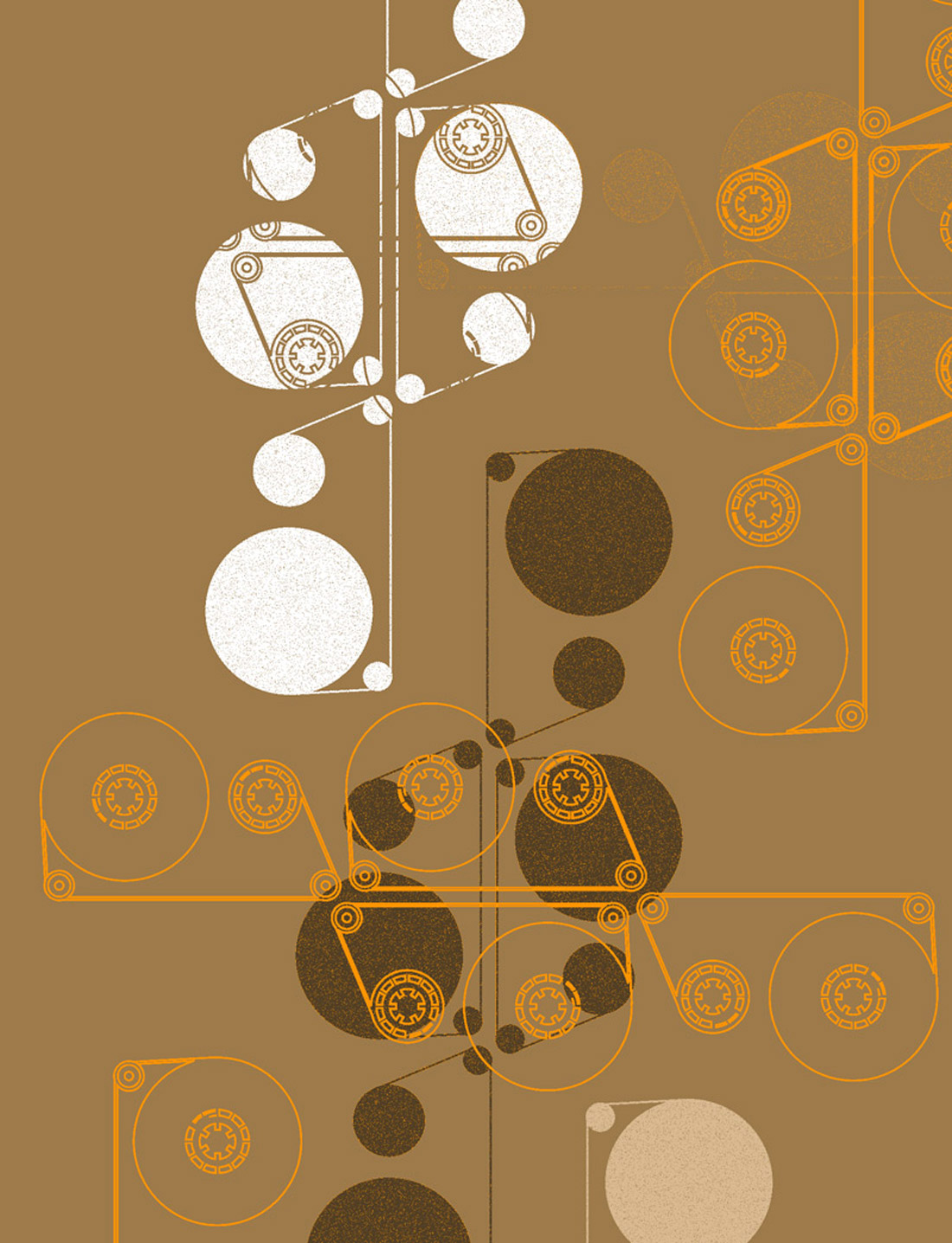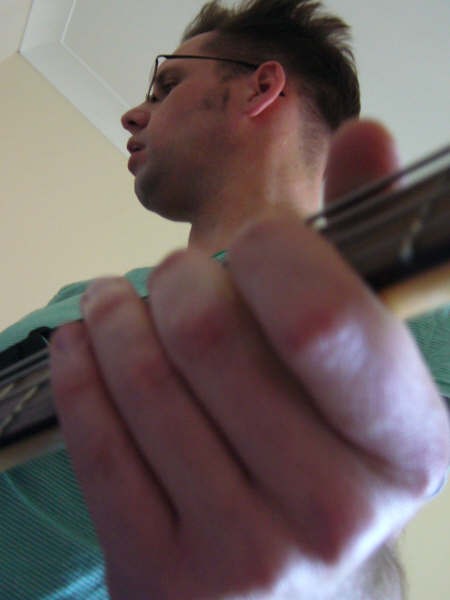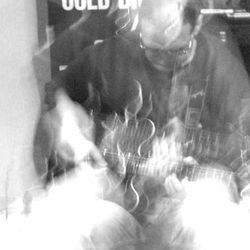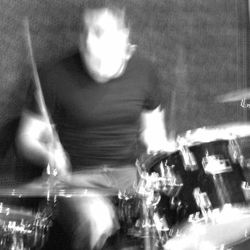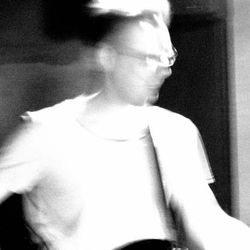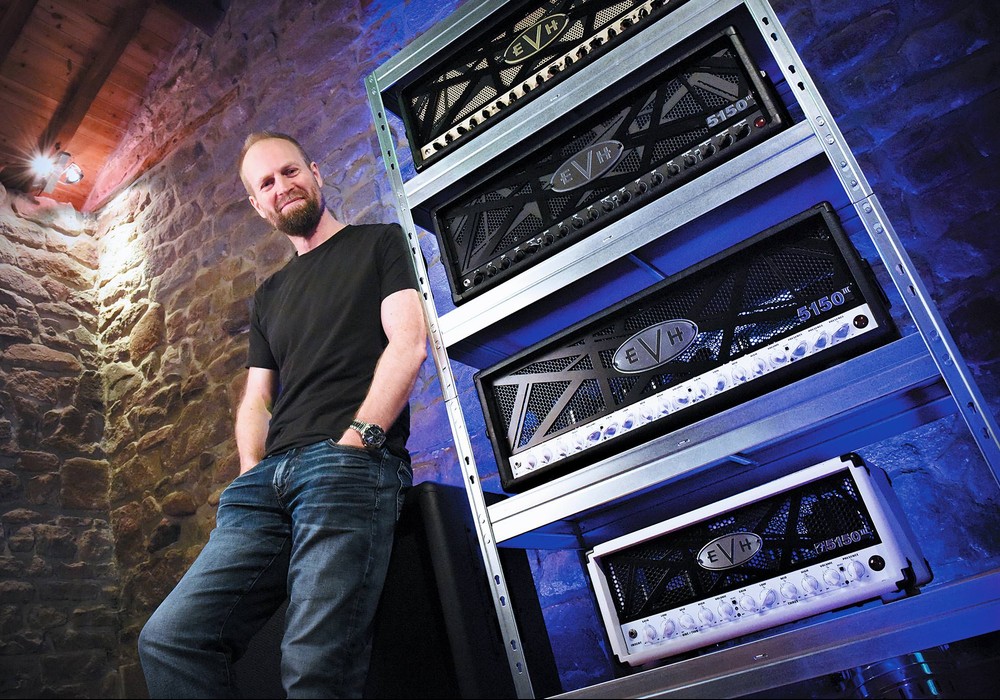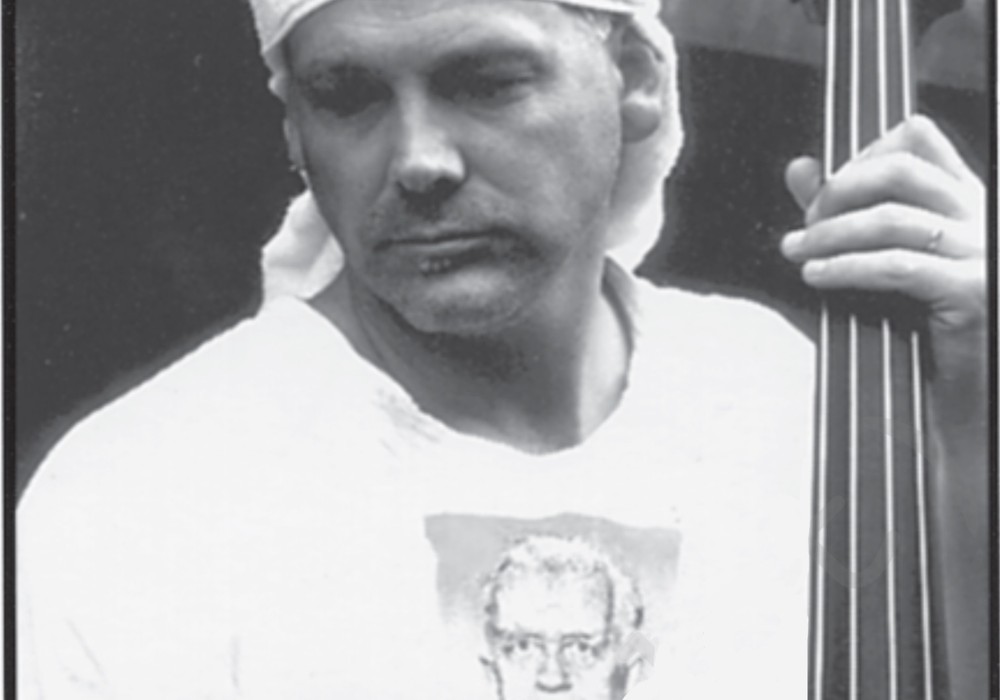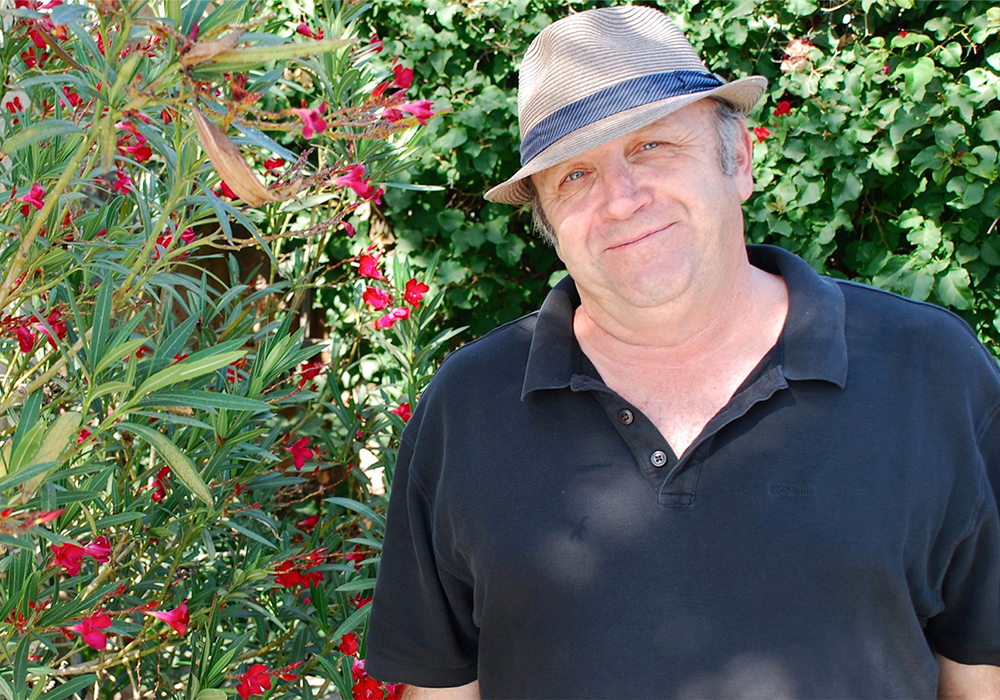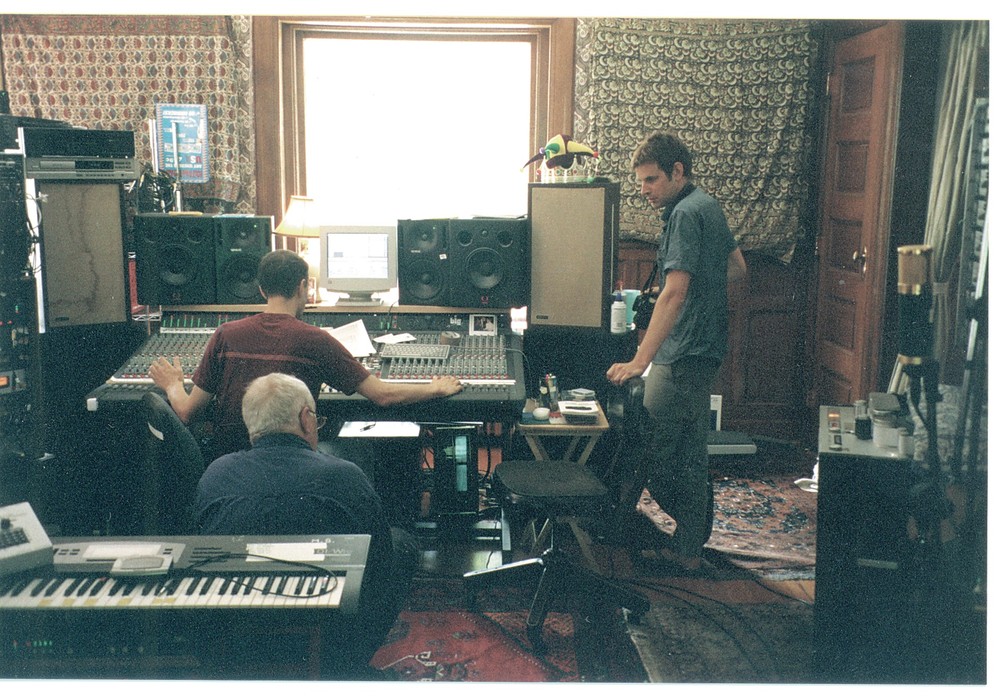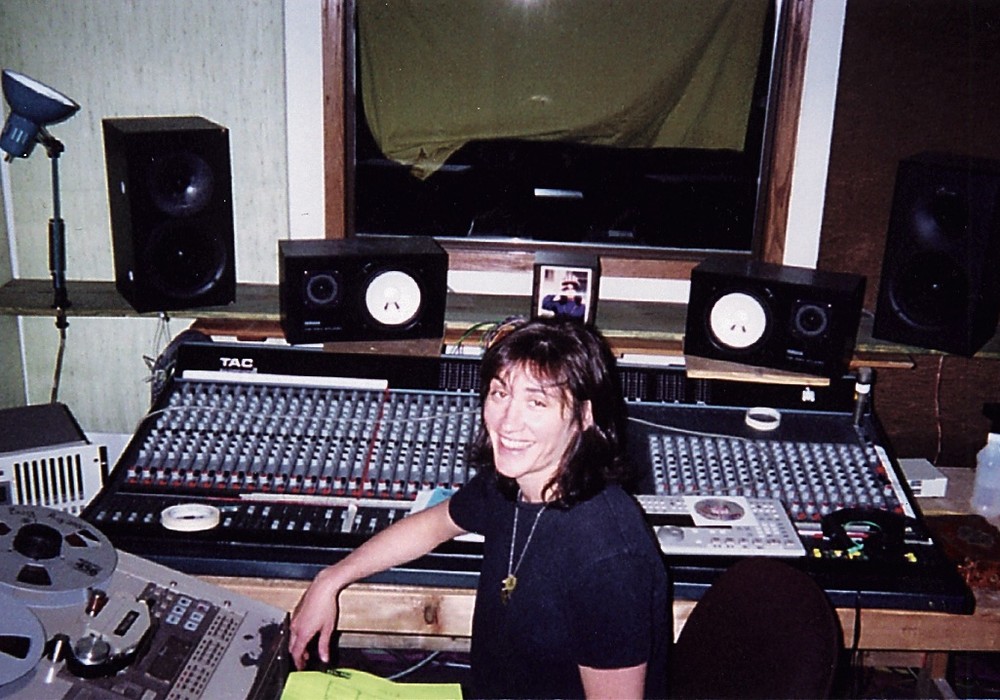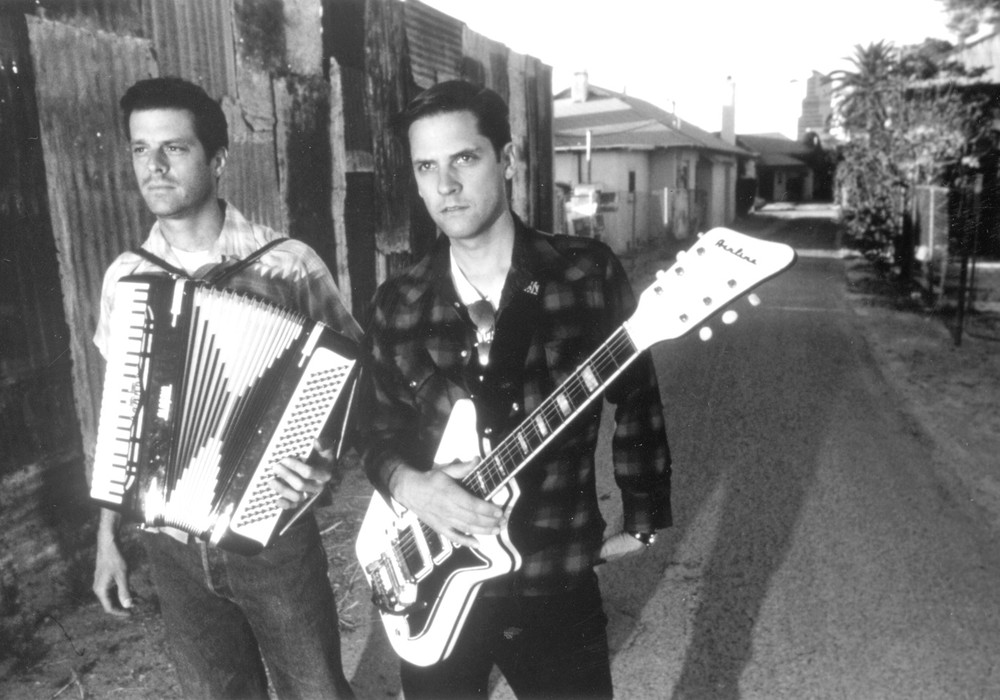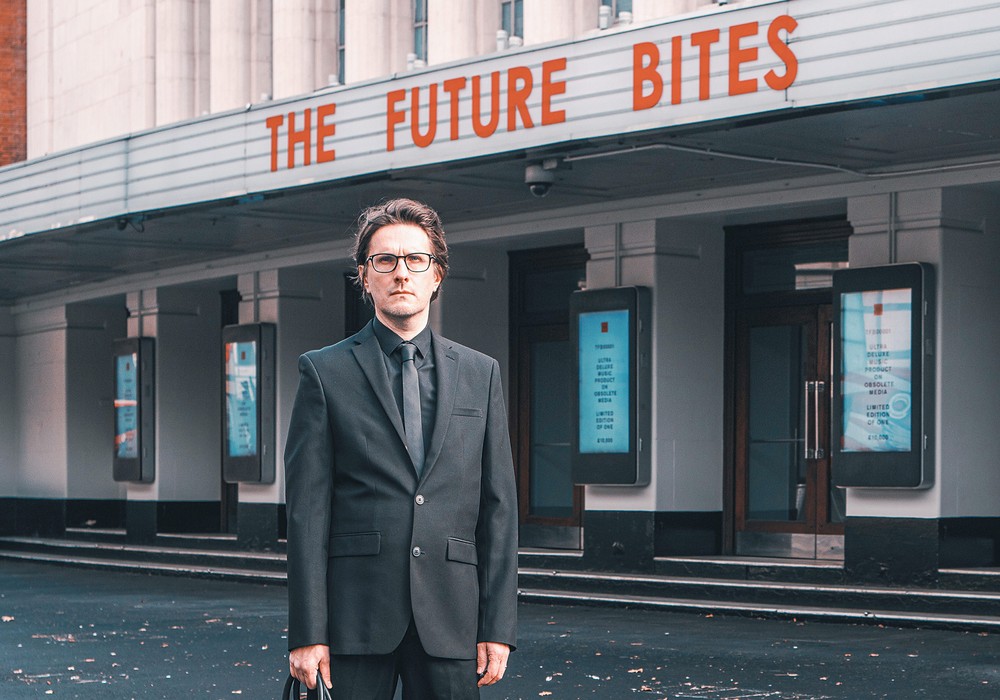Like many musicians, I have what could be described as an ambivalent attitude towards recording studios. On one hand, we have certain images etched on our minds — the sleek rows of gleaming equipment, the flickering VU meters on esoteric vintage units and the elegantly wasted figures hunched over mixing desks or guitars, creating masterpieces in the half-light. On the other hand, we have a more common scenario — an under-rehearsed band in a rundown building on a desolate industrial estate, nervously watching the clock and struggling to get one decent take recorded by an engineer who doesn't like or understand the music. My band, The Workhouse, had been lucky enough to find a place to record that was creative and inspiring whilst remaining accessible and affordable. This was Dungeon Studios, located on the borders of Oxfordshire and Warwickshire, and run by Richie Haines, a highly talented engineer and producer who really understood what we were trying to do and how to capture our sound.
We had recorded our first two albums with him, and at the beginning of 2009 we were due to start on our third. This was going to be an important album for us. Ostensibly, we had done relatively well since the release of our first single in 1999. Our albums had both sold around 1500 copies, and had been given great reviews in NME, the music paper we had all grown up reading. We'd had a good level of radio play, including recording two Peel Sessions. We'd had some brilliant support slots, most notably with Doves, Explosions in the Sky and Six By Seven, and we'd built up a small but steadily growing fanbase around the world. To cap it all, in 2004 we'd been offered a three-album deal with an American label.
Behind the scenes, things were not so rosy. Physical injuries and family/personal problems had put us out of action for extended periods, often at crucial points. Recording our second album had been extremely difficult. The American label dropped us in 2005 after releasing just one album. There were serious (and worsening) problems with the differing levels of commitment of the individuals in the band. As we planned to start recording our third album, the brutal facts were that despite writing numerous songs, we hadn't recorded and new material since 2005, and in 2008 we had performed one solitary gig. It wasn't that we were chasing massive success — quite the opposite in fact. But I loved writing, playing and recording music, and I wanted to be doing it regularly and consistently rather than letting things grind to a halt. Also, most bands are lucky if they get one good break; we had been given several, and we'd never been able to make the most of them. The fans were still there, and we still had something of a reputation in the post-rock/shoegazing world, but I thought that we would start to fade from people's memories if we didn't release new material soon.
We had a batch of new songs that we had been working on for a while but which still sounded fresh. Putting the difficulties of recording our second album to one side, we booked a weekend's recording at Dungeon. Then, we received the terrible news that Richie was seriously ill. Sadly, he passed away a few months later. We had lost both a collaborator and a friend, someone who had contributed hugely to our music. This left us in something of a quandary. Simply finding another studio didn't seem to be the answer. We'd built up a relationship with Richie over several years, he knew us and our sound, he knew how we worked, and he had been able to get the best out of us and make brilliant records with us. We weren't going to be able to replicate this by putting "recording studios" into Google.
We had occasionally talked about recording ourselves, and over the previous year we'd been compensating for the lack of activity by recording songs on my (cassette) 4-track. The results had been pretty good; fairly lo-fi, but with the vibe that comes from creating music when you're relaxed at home and free from pressure. However, these tracks had been recorded with a drum machine and the band was very much about live drums. These days, getting high quality guitar, vocal and keyboard sounds at home is straightforward, even when using basic equipment. Drums are a different matter, and not just because of the noise nuisance issue. The difficulties of achieving a good recording of a live drum kit are often ominously reported, and it certainly takes some skill and care. In the mid-'90s I'd recorded a previous band on my 4-track. The drummer was lucky enough to live in a house where noise wasn't a problem and we recorded the drum kit with two cheap dynamic mics hanging from the ceiling. We managed to get a reasonable sound and these tracks captured the essence of that band more effectively and endearingly than the "proper" studio recordings we did later. The only issue was that my old band had been a rough, punky garage band, and the limitations of the recording actually contributed to the feel of the music. Although The Workhouse did not require crystalline hi-fi perfection, any recordings we did would have to be clear and reasonably professional sounding.
Since we had recorded our second album, Dungeon Studios had moved to a village just outside Oxford. There was a large rehearsal room next to it called The Coldroom. One day in February 2009, we turned up there with our instruments and a Tascam DP-02 8-track digital recorder. We had eight hours booked, and the idea was to get drum tracks down for at least some of our new songs. I was feeling rather tense; I had always wanted to be a producer or engineer, and this was my chance to show if I could do it. We put four mics on the drums; one each on the snare and the kick, one to cover the two toms and one overhead. They were all Shure SM58s, apart from an AKG D112 (I think) on the kick. The 8-track only had two inputs and could record just two tracks at a time. Fortunately, there was a mixing desk in the room, which all the mics went into, then we took a line out from the desk to the inputs of the 8-track. This meant that we would have to get the balance right from the outset — no "fixing it in the mix"! I convinced myself that many great records had been made in the past with similarly unpromising setups, and after a bit of fiddling we tried to record something. Worryingly, the meters on the 8-track didn't even flicker, even after further turning of knobs and pushing of buttons. I was starting to think we might be wasting our time, when suddenly there was a breakthrough and the meters came to life. At least we had a signal going in.
We picked a song called "Fading Fast" to start with, as it had a very simple rhythm that I called the "caveman beat," mainly just floor tom and snare and with little or no variation in volume. I thought that it might be the easiest track to capture. I hardly dared listen to the results. When I did I was very pleased. Alright, it didn't sound like it was recorded at Abbey Road, and it was very dead and dry, but what I heard was a clear and well-balanced recording of a drum kit. This gave us a real confidence boost, and we were away. We recorded drum tracks for all our new songs, and the relaxed nature of the session enabled us to experiment and spark off each other, so we also came up with some great new ideas. The day was a success and we felt reinvigorated. The songs felt like the best we'd ever done, and while we would very much have preferred to have been recording with Richie, recording ourselves was a good second best. It seemed to suit our temperaments.
Over the next few months, we did overdubs at home, mainly at weekends. Our reputation as a band was largely built on ethereal, ghostly guitar sounds, contrasting between pristine, icy lead lines and warm, dark chords and drones underpinning them. We had to get this aspect of our sound right. At an XFM (an alternative radio station) session several years previously we had played through Line 6 Pods with good results, so I wasn't too worried about not recording through amps. For this album, we used an Award-Session JD10, a brilliant preamp, speaker simulator and overdrive pedal. You don't hear too much about the JD10, but it is a great piece of kit. It doesn't have the bells and whistles of other units, there's no reverb, and it's not a digital amp modeller with multiple settings. What it does do is come closer than anything else I've played through to simulating the sound of a really nice guitar amp. With the drive set low, if you play soft and then start to play harder, you can feel it responding and start to break up, just like people say expensive valve amps do (I've never actually played through one of those myself!). Almost all the guitar tracks were recorded through the JD10, apart from a couple of times when we just went straight into the 8-track using the internal amp simulator, which sounded fine.
We had the classic problem with one song, "The Whistler," where the earlier rough demo has an overall feel or a specific sound that just cannot be recaptured later. It had been recorded on my 4-track with a drum machine, and the vocals and guitar had a shimmering, almost '60s-style quality that we simply couldn't reproduce or improve on. We loaded the stereo mix of this version onto the 8-track, added another guitar and glockenspiel, and it sounded lovely.
We also had some strange moments and accidents. At the original recording session at The Coldroom, I had stuck a mic over an old upright piano and played a simple riff over and over again. The drummer came in perfectly at one point, but as we were recording everything on two tracks, you couldn't hear the piano again until the drums stopped near the end. We simply added guitars and bass over the section where the drums came in, and left the piano sections sparse. I had played the song in C (as you only have to use the white notes, making it much easier), but it turned out that the piano was almost exactly a semitone out of tune, enabling me to play the guitar parts in B, a much better key for using open strings and drones. In a final twist, I put a quietly strummed guitar over the beginning, but tuned one of the strings to the wrong note by accident. Instead of fixing this, I just compensated for it by changing the fingering of the chords, which gave a different and perhaps slightly more interesting sound. Before, my inclination would have been to try and correct "mistakes," but I quickly learned to embrace them and make the best of them, as the results could be good.
Other tracks came about in similar circumstances — fragments of guitar lines or drum beats were captured at the original session, then later became complete songs. Only the drums were initially recorded, but on the drum tracks we could hear the "ghosts" of the other instruments, which enabled us to build up the songs afterwards.
We used what equipment we had, and made small purchases when we absolutely needed to. In particular, I bought a Rode NT1 mic and an ART mic preamp, which we used on most of the vocal tracks. They proved themselves to be more than worth their cost, yet the best vocal track we recorded was on 'The Whistler" — done on a 4-track with a dynamic mic and no compression, external preamp or pop shield.
Mixing was tough. We did it in a small bedroom with no proper monitoring, just cheap headphones and speakers from a hi-fi. Because we hadn't used any compression, there was some serious fader riding to do. The lack of automation meant that it was often all hands on deck, making subtle but crucial adjustments at various points. At the end, with all the songs mixed, we looked back on what we had done. The recordings were certainly variable. On some, the drums were well balanced and clear, and with some reverb added the songs transcended their rather ramshackle roots and almost sounded like studio recordings that a band at our level would make. Other songs didn't initially appear to be quite up to scratch, but with some careful work we managed to get them up to the standard we needed. There were more recordings that were clearly not releasable, but they were documents of songs we had fleetingly played that might otherwise have been forgotten. It turned out that we had 46 minutes of potentially release-quality music. We had all the tracks mastered, which I think caused some headaches for the engineer (Roger Fife at Rofi Productions), given the somewhat rough and ready nature of the tracking and mixing, but he did a great job. I had originally thought that if we released these tracks, we would try and pass them off as some kind of lo-fi interlude between albums — album two and a half rather than three. But listening to the final master, despite the DIY nature of the recording sometimes being obvious, I decided that we had made something that could proudly stand up as the third album by The Workhouse.
I think our experience demonstrates what I hear time and time again — that it's not just about the gear. We had a great sounding room for the drums, we had inspiration, we were prepared to "have a go" at it and we were prepared to work hard. We had good songs that we had been working on for quite a while, for a few years in some cases, and we were comfortable playing together as a unit. The most important elements were the vibe, the feeling, the inspiration; they are intangible, they are difficult to define and they can be elusive, but they are essential for any good recording. Using basic equipment and not really knowing what you are doing won't always produce good results, and I'm not saying that all music should be made like this. It was hard, and I'm not sure if I would want to repeat the experience completely for our future recordings, but it was great fun and we learned so much.
We called the album The Coldroom Sessions, and we were thrilled when a label (Hungry Audio) said they would like to release it. Recording it had been something of a rollercoaster ride. When we started, we were hardly functioning as a band, we hadn't recorded any new material for four years, we were beleaguered by various problems and we had basic equipment and even more basic skills. Despite this, we produced an album that was certainly not perfect, but which had perfectly captured the songs we had written and the way we were feeling. To me, that is what recording is all about.
